Mindfulness & EI in the Workplace

Author: Tahira Jamani, Mindfulness Facilitator and Founder of The Chain Reaction.
Imagine what your day would feel like if your organization had less frazzled employees…you’d have several less employee conflicts to handle.
Imagine if back-to-back meetings were non-existent…you wouldn’t have to hear about the infamous ‘zoom fatigue.’
What if your employees were making fewer mistakes on the job? You’d know that people are spending their time efficiently and being intentional with the work they produce.
There’s a secret sauce, that’s not so secret, that I’ll share with you, to help you achieve this.
“Mindfulness at the workplace is awesome!”
“Emotional Intelligence Training is the next best skill to train for your professional career!”
Do you feel your eyes uncontrollably rolling all the way to the back of your head at the cliche buzzwords that these topics have now inevitably become? If so, you’re not alone.
The reality is that there’s significant research that supports these seemingly familiar tunes.
Time and time again it’s shown that organizations with Mindfulness & EI training have:
- A less stressed workforce
- Reduced absenteeism and turnover
- Stronger leadership
- Increased employee engagement and productivity levels
- Longer employee retention
Something I hear from all my clients is that their teams are struggling to manage it all; achieve business targets, create innovation, be collaborative, increase efficiencies, raise the bar, make better decisions, communicate effectively, learn from mistakes and setbacks…all while carrying a smile on their face and less tension in their mind.
It’s no wonder we get fixated on the negative aspects of our day like feeling distracted, unproductive, that comment someone made in a meeting, and feeling inundated with notifications pings here and notification dings there. Moments like this impact our mindset and how we interact with ourselves and others throughout the day.
All this means is that when we are on autopilot, we’re not really aware of what’s going on in any given moment of the day. We’re racing to get to the next meeting, to check that notification, to prep for tomorrow’s meeting, and send a recap of a meeting we had earlier that morning - all while being expected to contribute meaningfully and deliver on projects.
But how do we pay attention if we’ve never really been taught how to do this? Cue, mindfulness training. Believe it or not, this is something we need to be developing - the same way we learn how to use new software at work. Once we’re able to be present, we can usher in some emotional intelligence - the ability to clue into how we’re doing in that moment and understand how others around us are doing in that moment, and then use all that information to guide our next decision or action while remaining engaged.
The snowball effect of not practicing mindfulness or using your emotional intelligence compounds and leaves us in a negative spiral that can take over the day.
In fact, interesting studies have been done by Alison Ledgerwood, behavioural scientist and professor of psychology at UC Davis, and research teams that found people more naturally focus on the negative things. From an evolutionary perspective, we are hardwired to focus on the threats and negative things in our environment. One experiment in particular took 2 groups of people into a lab and told them about a new surgical procedure. Group 1 was told the procedure has a 70% success rate, and for group 2 it was framed as a 30% failure rate. The exact same procedure!
People in group 1 liked the procedure when described in positive terms - they felt confident! However, people in group 2 were not happy about a 30% failure rate - they felt unconfident and unhappy with this metric!
An interesting twist came - when group 1 was told: “You could also think of this procedure as failing 30% of the time”, people changed their minds and didn’t feel confident in the procedure anymore.
But when group 2 was told, “You could also think of this as having a 70% success rate”, people also didn’t change their mind! This means that when we have a negative implication planted in our minds - it sticks!
All in all, mindset matters - these skills of mindfulness and developing emotional intelligence are trainable, deeply effective, and make us feel good!
Having seen this mindfulness training have a positive impact in many teams I work with, I encourage you all to experiment with this 3-step micropractice below right now, or in your next team meeting.
3 breath and step micropractice:
Breath 1: Take a deep breath and focus on how it feels to breathe
Breath 2: Relax your body, try dropping your shoulders and releasing your jaw
Breath 3: Ask yourself, “What’s important now?”
This practice will help you refocus, reprioritize, and bring your mindset to right now.
The views and opinions expressed in this blog post belong solely to the original author(s) and do not necessarily represent the views and opinions of CPHR Alberta.
The views and opinions expressed in this blog post belong solely to the original author(s) and do not necessarily represent the views and opinions of CPHR Alberta.





